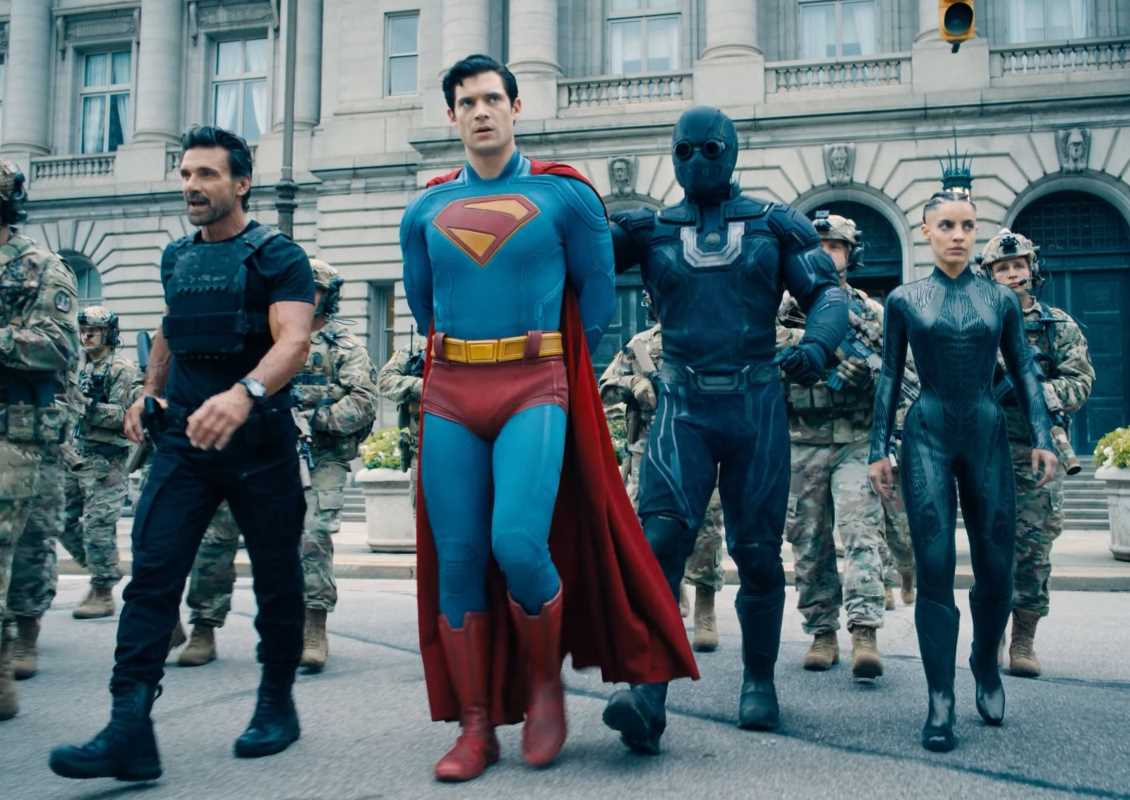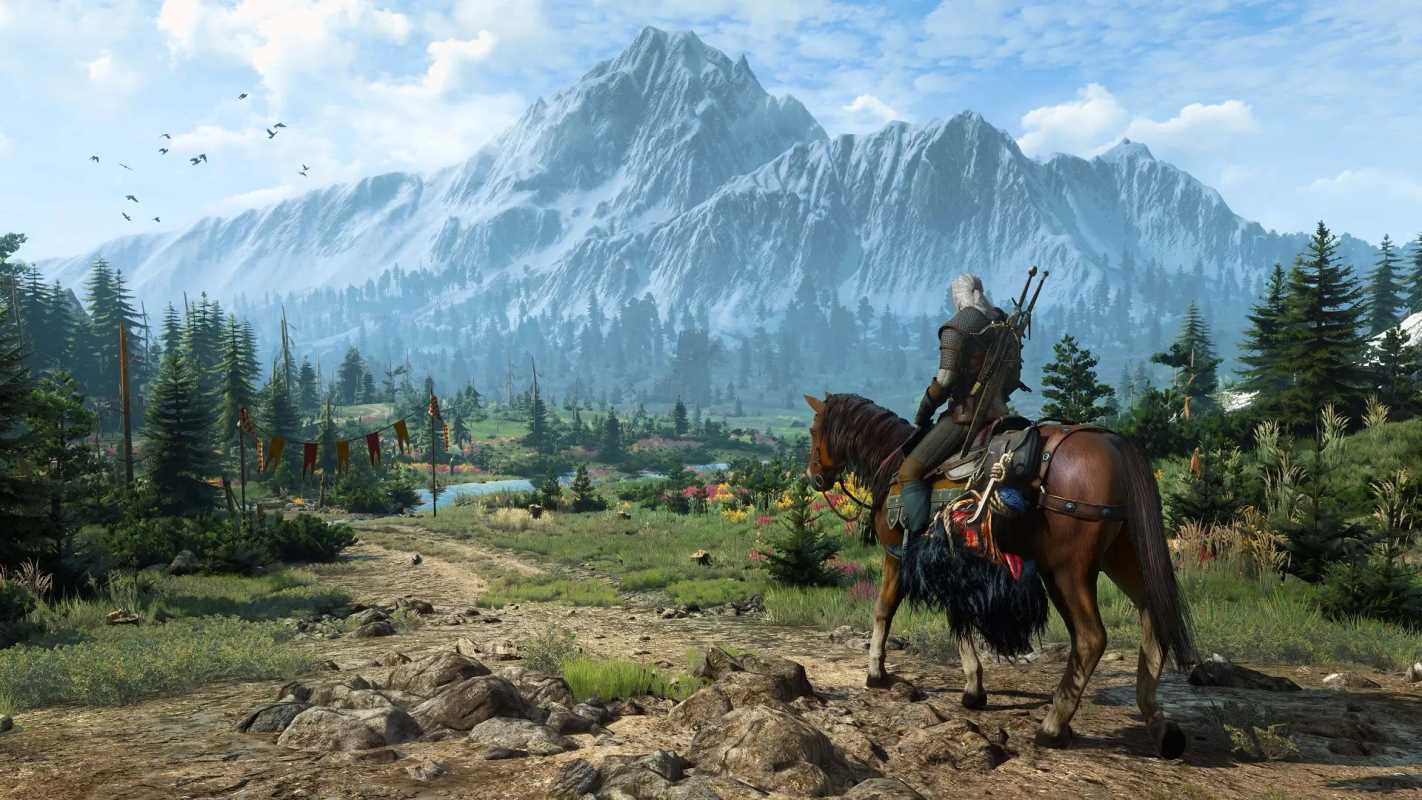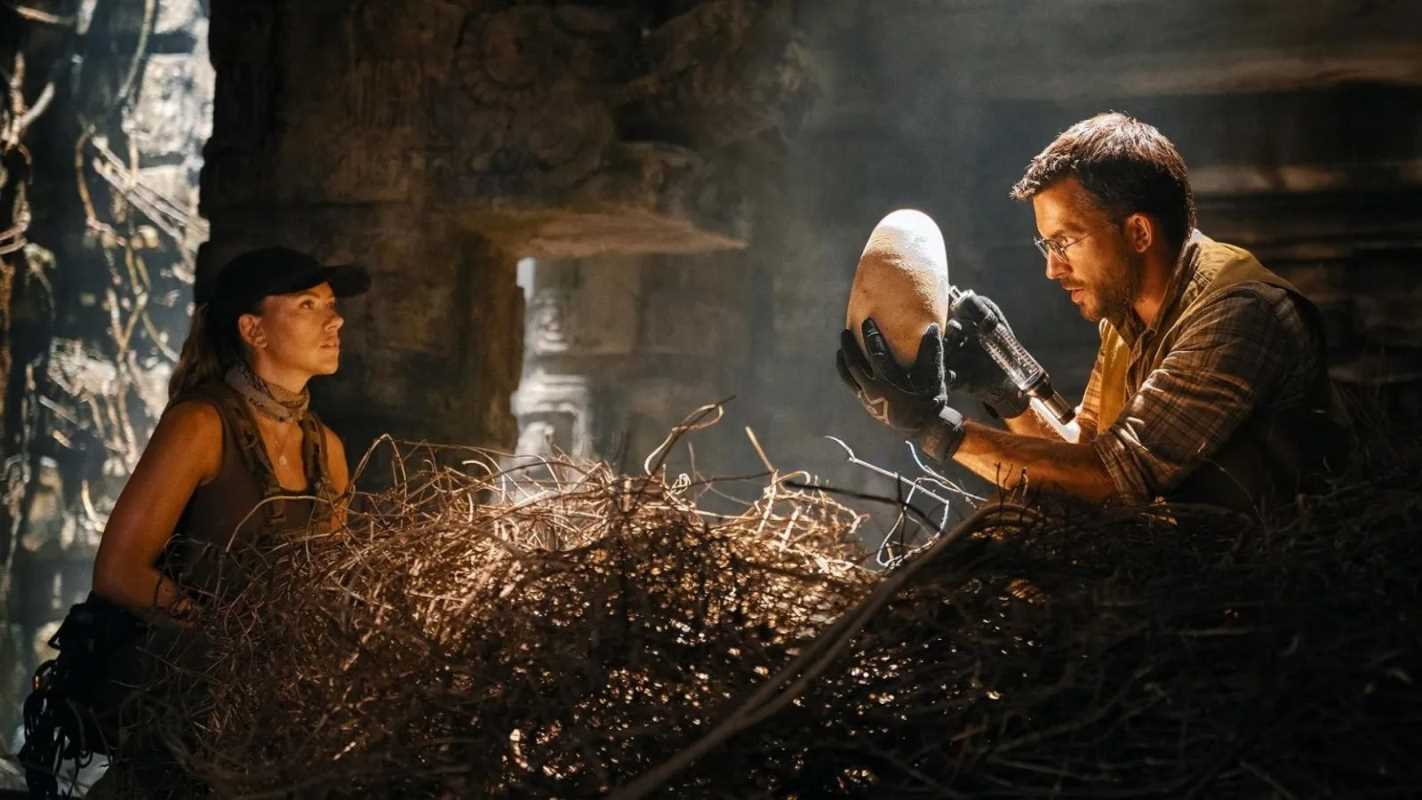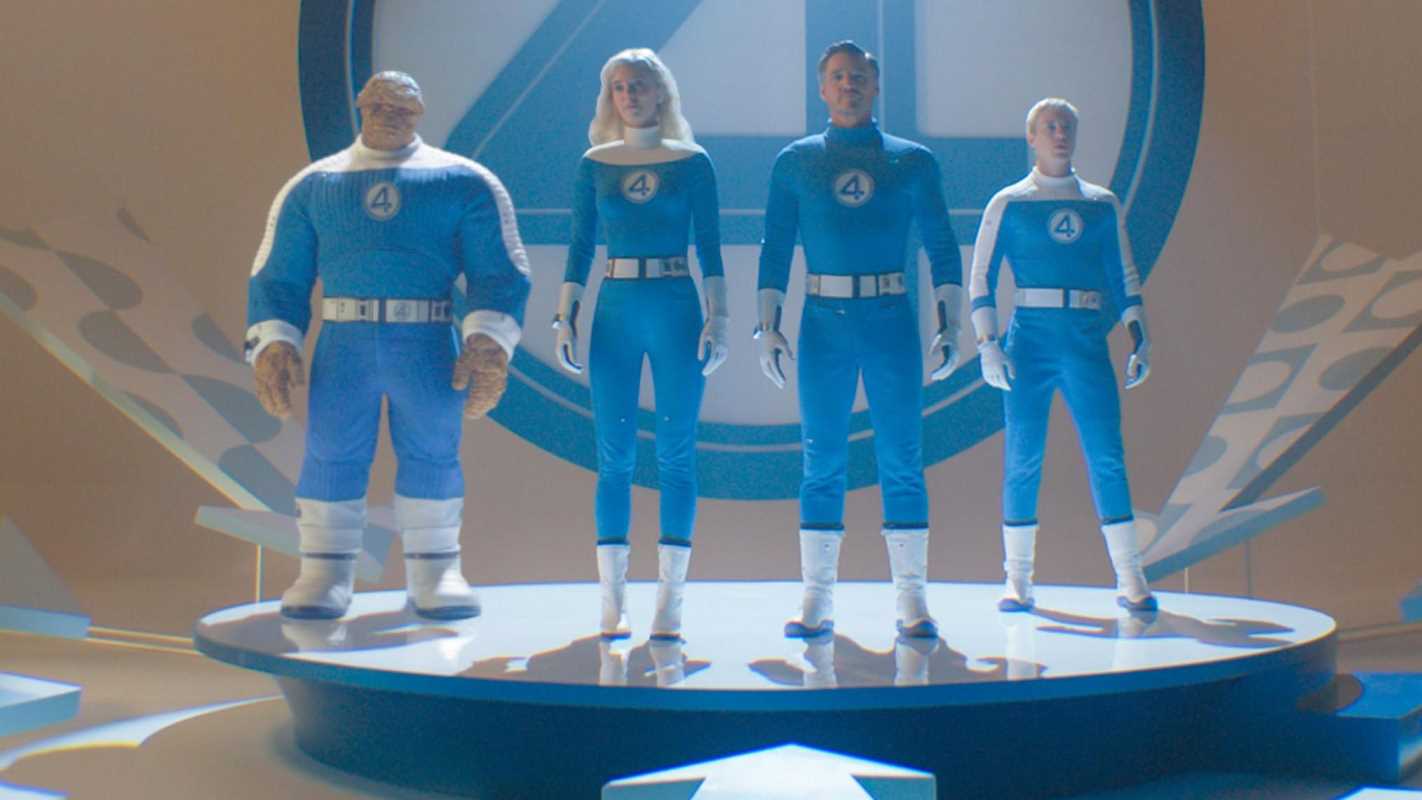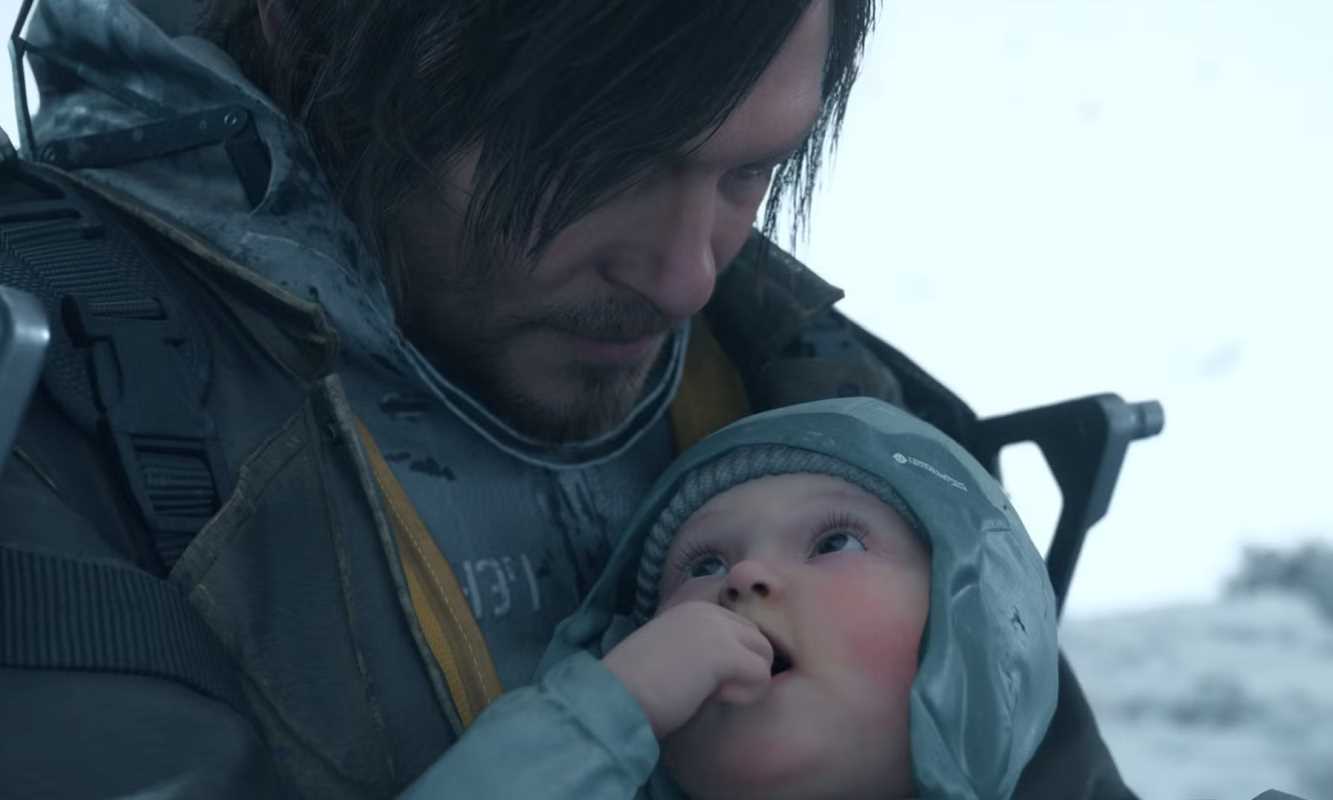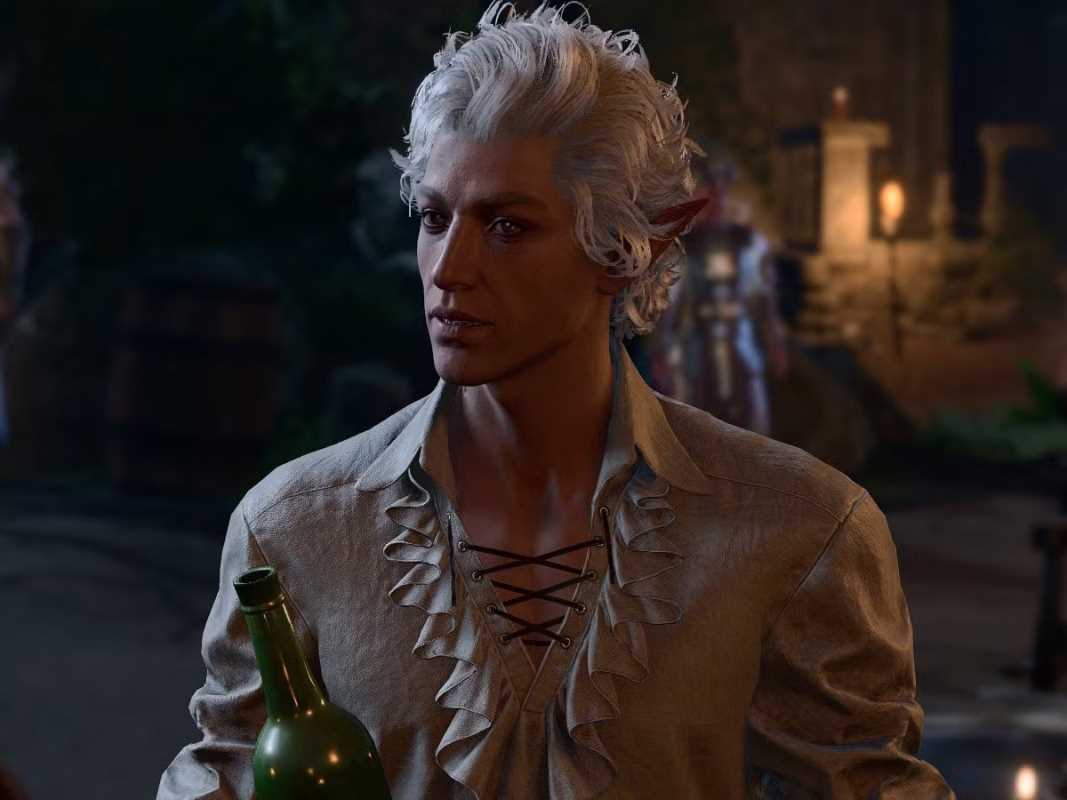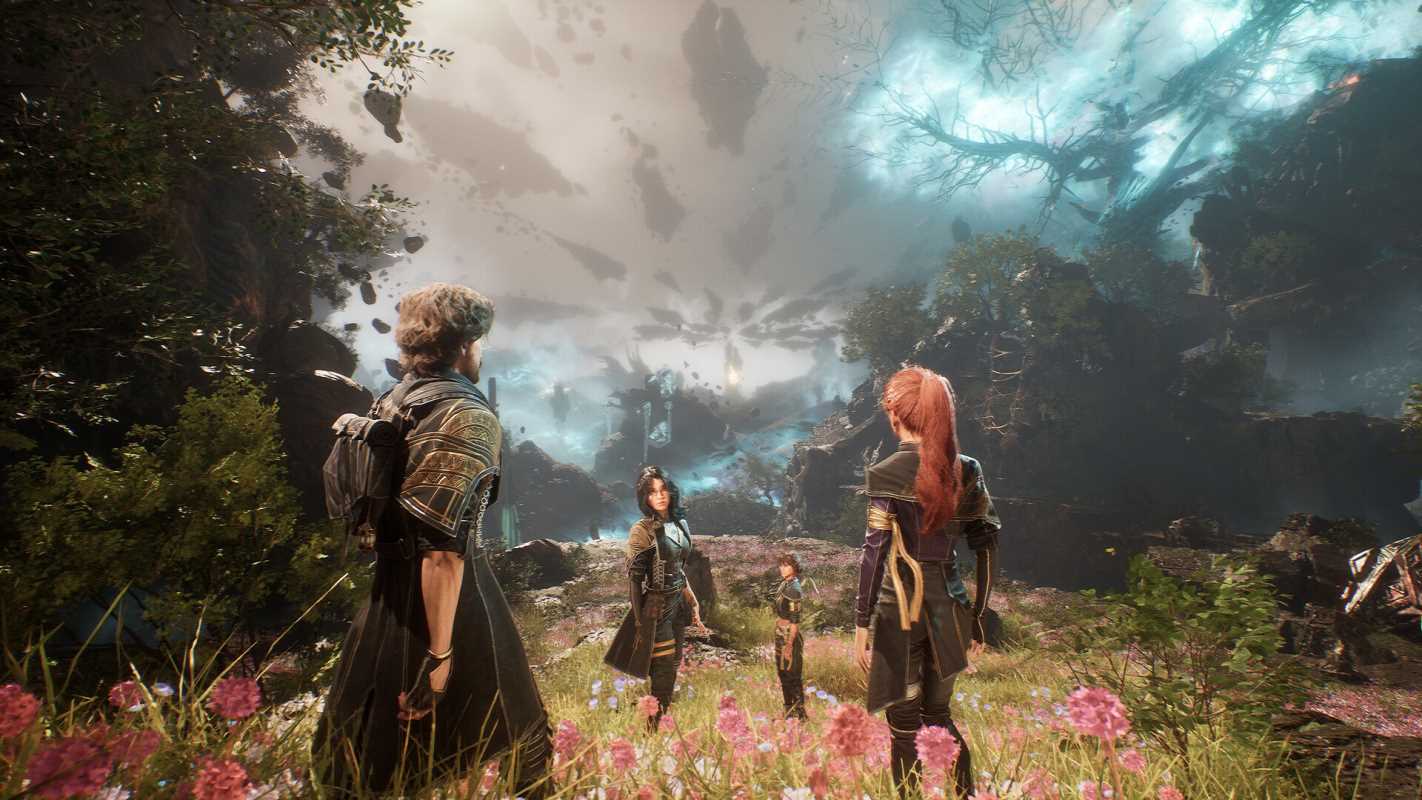The Star Wars franchise has long been an iconic cultural phenomenon, bringing generations together to experience epic tales of rebellion, power, and hope. But in recent years, its galaxy has felt less cohesive. While some projects have struck a chord (The Mandalorian immediately comes to mind), others have struggled to capture the narrative magic that made George Lucas’s original trilogy so gripping. And then came Andor.
Introduced in 2022, Andor arrived quietly but instantly established itself as one of the most compelling Star Wars stories in years. Its gritty realism, carefully layered characters, and slow-burn storytelling proved that Star Wars still has so much to offer when the creative approach aligns with the story’s heart. With Season 1 already a huge success and Season 2 building upon its framework, it’s clear that Andor isn’t just a phenomenal show; it’s a blueprint for how to reinvigorate the Star Wars franchise.
Here’s a closer look at what makes Andor such a standout and what lessons can be drawn to help steer the broader Star Wars universe back on course.
The Strengths of Andor Season 1
Andor Season 1 isn’t just “good for Star Wars”—it’s a masterclass in storytelling that rivals some of the best dramas in modern television. But why did it resonate so deeply with viewers?
1. Grounded Storytelling in a Galaxy Far, Far Away
While Star Wars is often synonymous with lightsabers, mystical Force powers, and galactic space battles, Andor focuses on something smaller but no less significant: the human cost of rebellion. Cassian Andor, originally introduced in Rogue One, isn’t an elite Jedi knight or a swashbuckling pilot; he’s an individual trying to survive amidst the oppressive grip of the Empire.
By shedding the larger-than-life heroics, Andor feels more authentic and relatable. The rebellion is no longer a monolith but a collection of ordinary people forced to make impossible decisions. The grounded storytelling shows the cracks in the Empire’s machinery as well as the messy, morally complex origins of rebellion. This angle allows viewers to emotionally invest in not just the big picture but in the individual struggles of freedom fighters, families, and workers fighting for something greater.
2. Rich Character Development
One of Andor’s most significant achievements is its fully fleshed-out cast. Cassian himself is introduced as a selfish, morally ambiguous survivor who has no interest in heroism, and his gradual evolution into a rebel leader feels earned. His struggle makes the audience empathize with his choices, even when they aren’t heroic in the traditional sense.
Meanwhile, characters like Luthen Rael (portrayed brilliantly by Stellan Skarsgård) and Mon Mothma elevate the stakes. Luthen’s impassioned monologue reveals the moral cost of leading a rebellion (“I burn my life to make a sunrise I know I’ll never see”), while Mon Mothma’s political intrigue explores the subtle sacrifices required to dismantle the Empire from within. Even background figures, such as members of the Aldhani heist crew, are given depth, making every loss meaningful.
At the heart of Andor is the idea that not all heroes wear capes (or swing blue lightsabers). The show thrives by portraying the humanity of characters from all corners of the galaxy.
3. A Tone That Reflects Reality
Andor doesn’t shy away from showing the grim realities of life under a fascist regime. Whether it’s the systemic cruelty in Narkina 5’s labor prison or the oppressive surveillance in the corporate sectors, the show mirrors real-world societal injustices. These details add immediacy and weight to the story, making us care about the rebellion’s success like never before.
How Season 2 Builds on This Foundation
While still in development, Andor Season 2 promises to heighten tension and lead directly into the events of Rogue One. What makes this so exciting is the confidence instilled by the first season’s careful pacing and storytelling.
Building Towards Tragedy
Because we know how Cassian Andor’s story ends, there’s a looming sense of inevitability. Season 2 continues to explore his transformation into the selfless rebel who willingly sacrifices his life for a higher cause. This knowledge enhances every choice and every victory, bittersweet as they may be.
New Layers of the Empire’s Cruelty
Early teases suggest that Season 2 will further explore the inner workings of the Empire, exposing just how its machinery crushes planets and people alike. By zooming in on these oppressive systems, Andor underscores exactly why the rebellion’s fight is so necessary.
Mon Mothma’s Rise to Leadership
If Season 1 showed Mon Mothma maneuvering through the political minefield of Coruscant, Season 2 seems positioned to push her further into the rebellion’s public face. Her arc is a fascinating glimpse into how diplomacy, secrecy, and personal sacrifice intersect when taking on an authoritarian regime.
What Star Wars Can Learn From Andor
At its core, Andor offers a fresh perspective on the Star Wars universe, proving that bombastic battles and nostalgia-fueled cameos aren’t the only way to tell engaging stories in this galaxy. Here’s what the broader franchise should take away from its success.
1. Character-Driven Writing Is Key
Not every Star Wars story needs to follow the Skywalker lineage or focus on Force-related mysticism to draw people in. Andor succeeds because it focuses on character motivations and relationships. Whether it’s Cassian’s bond with Maarva or the uneasy alliance between rebels, these smaller-scale dynamics resonate on a universal level.
Future projects should prioritize depth over spectacle, investing in characters that audiences can rally behind. The Force and lightsabers are powerful symbols, but authentic, human storytelling remains the franchise’s backbone.
2. High Stakes Without Heavy CGI
One of Andor’s underrated strengths is its restrained use of CGI. Although set in the expansive Star Wars universe, its environments—from Ferrix to Coruscant’s underbelly—have a tactile quality achieved through practical sets and on-location shooting. This aesthetic grounds the world, making it feel lived-in and authentic rather than overly polished.
More Star Wars shows could benefit from stepping away from green screens and bringing physicality back to the galaxy's worlds.
3. Complex Morality Over Black-and-White Villainy
Tolkien said, “Even the smallest person can change the course of the future.” Similarly, Andor shows that even the smallest acts of rebellion are meaningful. Yet it also blurs traditional lines between good and evil, highlighting moments where the rebellion fights dirty or sacrifices individuals for the greater good.
Future installments in the franchise could lean into more morally complex narratives, where audiences are asked to consider the cost of victory rather than accepting it as binary.
4. Standalone Stories Still Work
Andor has shown that the best Star Wars stories don’t need to be tied to an infinite number of spinoffs or tie-ins. By focusing on a well-crafted, self-contained narrative, the show avoids the pitfalls of over-expansion, allowing each plotline to feel purposeful and impactful.
An Optimistic Future for Star Wars
Andor reminds us why Star Wars captured imaginations in the first place. It’s not the franchise's sheer scale or budget but its ability to tell deeply human stories within a fantastical setting. Through Cassian Andor’s struggles, sacrifices, and triumphs, we see a galaxy worth fighting for—even when the odds seem insurmountable.
If the broader Star Wars franchise can take cues from Andor, focusing on character-driven, risk-taking narratives with emotional depth, there’s hope for a brighter future in this galaxy far, far away.
We may have a thousand Star Wars stories, but only a few shake the foundation of what the franchise can be. Andor has proven itself to be one of them, and long may its legacy inspire new tales of rebellion and hope.
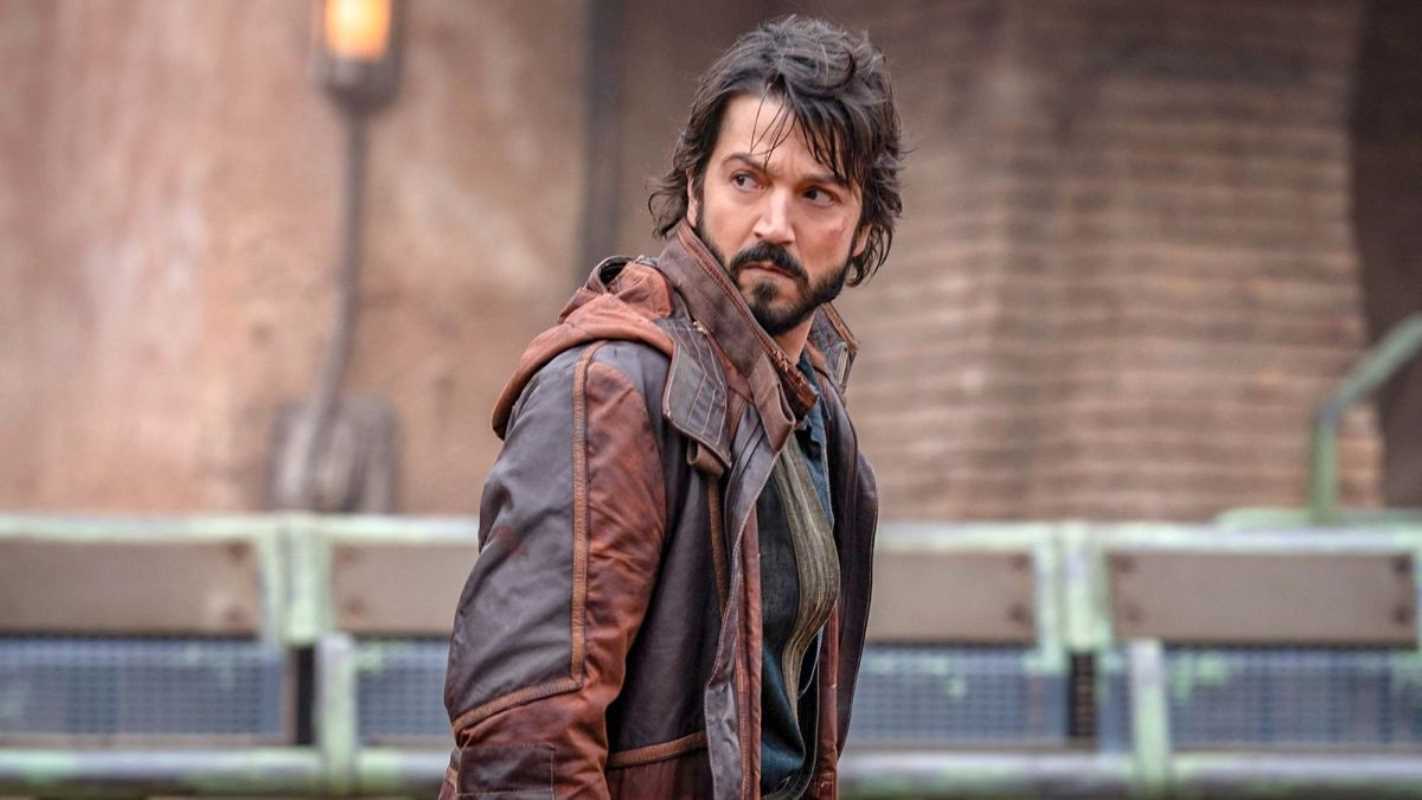 (Image via
(Image via